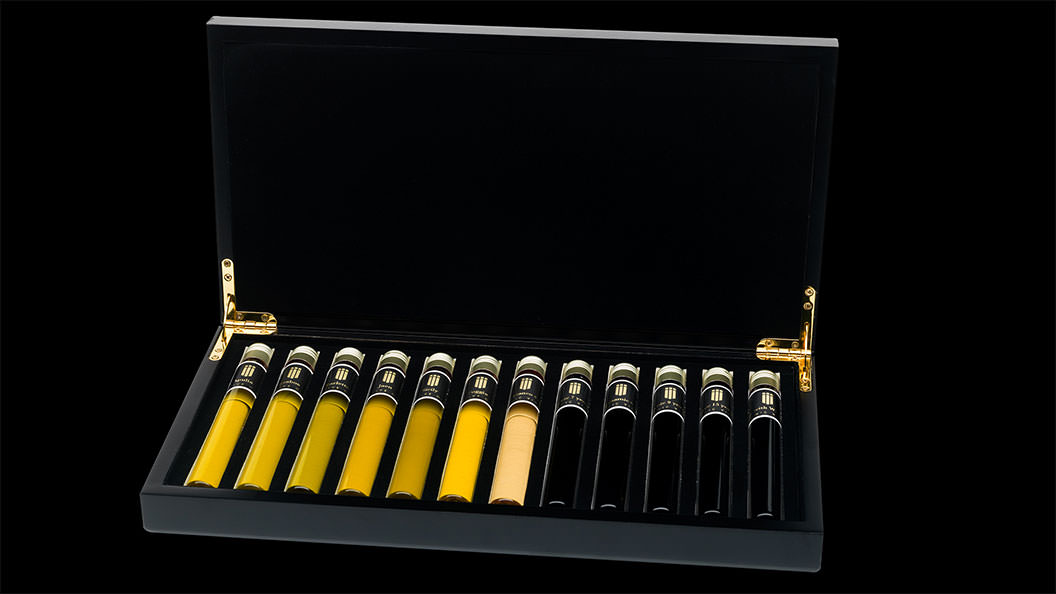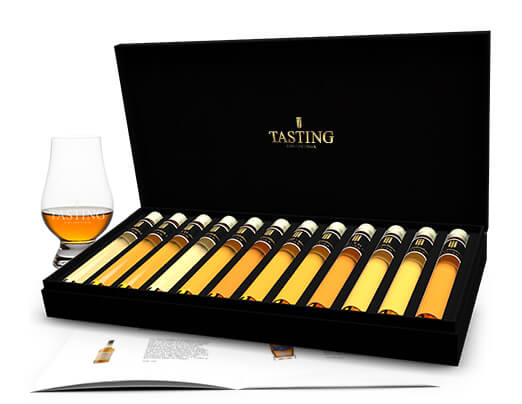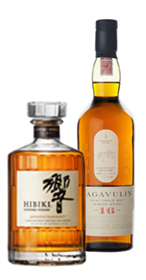Aceto Balsamico, the black gold of ItalyBalsamic vinegar literally means: ‘balsam-like vinegar’. |
The different types of balsamic
There are 3 types of Balsamic vinegar:
- 1. The échte, traditional Balsamic vinegar
- 2. The condimento balsamico, salsa balsamica or salsa di mosto cotto
- 3. A mostly industrial good that is actually no more than a meager imitation.
Aceto Balsamico Tradizionale
Aceto Balsamico is of course not just called the ‘Black Gold’ of Italy. The real traditional "Aceto Balsamico Tradizionale" has been made since the Middle Ages in Modena and the nearby Reggio Emilia in the Emilia-Romagna region in Northern Italy. The names Aceto Balsamico Tradizionale di Modena and Aceto Balsamico Tradizionale di Reggio Emilia are protected names both by the Italian Denominazione di Origine Protetta (DOP) and by the Protected Designation of Origin of the European Union.
The quality of the balsamic vinegar is controlled by two so-called Consorzi. It is then transferred into a 100 ml bottle. The shape of the bottle is the same for each producer, as is the legally protected Consorzio quality seal. The manufacturer may, however, determine the imprint of the label according to his own wishes.
Regions of Balsamico
Within the Modena and Reggio Emilia regions, the indication varies according to the maturing period.
Modena:
A cream-coloured cap means a minimum maturation period of 12 years.
A high red cap means a minimum ripening time of 25 years and gets the extra indication 'extravecchio’' which means extra old.
Reggio Emilia:
A red label means a minimum maturation period of 12 years.
A silver label means a minimum maturation period of 18 years.
A gold label means a minimum maturation period of 25 years.


The production process
Aceto Balsamico D.O.P is produced exclusively in Modena or the neighbouring Reggio Emilia and is made from a reduction in the must of late picked trebbiano grapes. Because they are picked late, the grapes are overripe and full of sugars. No herbs or other flavourings are added to the Aceto Balsamico Tradizionale. Traditionally, the pressed grapes are heated over a low heat. 30% to 70% of the moisture is allowed to evaporate. What remains is a thick syrup, also known as concentrate. The remaining concentrate then undergoes a long-term process according to the so-called Solera system to make the taste more intense. To achieve this, the syrup is stored in wooden barrels. In order to improve the quality of the taste, balsamic is changed regularly. As the balsamic vinegar matures, it is stored in a smaller container. Depending on the degree of ripening, a barrel made of a different type of wood is used. The type of wood in which the moisture is stored also determines the final aroma. The maturation process usually begins with mulberry barrels. If the balsamic is halfway through the process, it is transferred to smaller chestnut or cherry barrels. The final part of the maturing process takes place in ash and oak barrels. Once a year, 10 to 15 litres of balsamic are tapped from the smallest barrel. This is replaced by balsamic from the barrel, which is the second smallest in size. In this way, the barrel by barrel of balsamic is transferred to the largest barrel, which is supplemented by freshly boiled syrup.
Unlike wine barrels, the barrels are not stored in cellars, but in attics. As a result, balsamic acid is continuously exposed to temperature fluctuations during the maturation process, resulting in a complex taste. This whole process is a prerequisite for überhaupt to be considered as Aceto Balsamico Tradizionale. The minimum maturation period is 12 years, but can be up to 25 years. The result is a vinegar with a very complex taste.
The derivative products
The condimento balsamico, salsa balsamica or salsa di mosto cotto.
Because the traditional balsamic vinegar is very expensive, alternatives have come onto the market. First of all, there are the derived products. Often these products contain wél partly the traditional Balsamic vinegar, or the process is similar. But often the grapes are less than 12 years matured, the grapes come from another region or the aceto is mixed with vinegar. The quality of these products varies enormously.
The ‘ordinary’ balsamic vinegar: Aceto Balsamic di Modena
The commercial Aceto Balsamico di Modena only needs to have matured for a minimum of 60 days and only needs to consist of 20% must. The rest may be ordinary wine vinegar. Moreover, there may be flavor additions, such as caramel. Despite the name, the grapes do not have to come from Modena. Result: a watery, strong sweet-sour balsamic, which is fine for in a salad sauce, but the real Balsamic vinegar is much more fun. Although the "Traditional" is the top, there are good, less expensive alternatives.
Leaving aside the traditional, because it is without exception a top product, it can be difficult to separate the chaff from the wheat.
Note the things below to underwrite a good of a bad Balsamic.
The price can be a good indication, but it doesn't say it all.
The taste
A good balsamic vinegar does not taste too sour, but is soft in taste; sweet and sour are well balanced.
The percentage of must
The higher the percentage, the better the quality. Is the percentage itself not listed? Then look at the order on the label. The ingredients must be ranked according to the quantity used. If there is first wine vinegar and then must, then you know that there is relatively little must in it. The other way around is better.
The maturation time
The older the Balsamic, the more viscous and therefore the more expensive. It is only usually not mentioned, but sometimes it is mentioned how much the product is dried.
Whether it has additives or not
As soon as there are additions, such as caramel, you know that you are dealing with an industrial balsamic vinegar.

Balsamico Tasting Collection
Have you become enthusiastic and would you like to taste the best Balsamic? Then order a Balsamic Tasting Collection, try them all and discover which Balsamic you like best!



